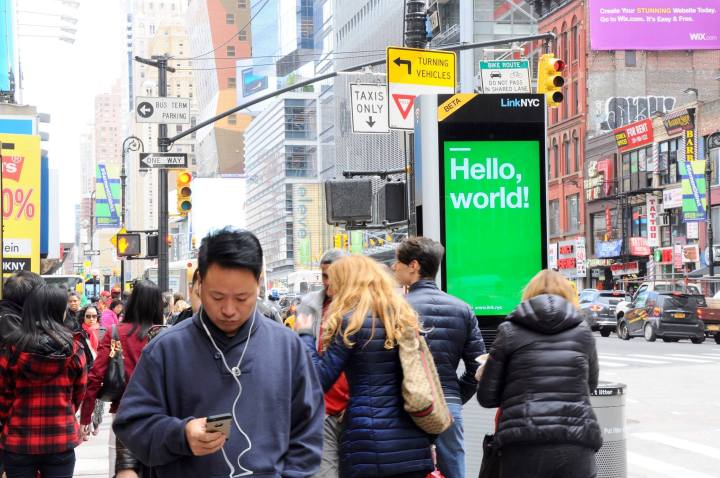Online team collaboration is the new norm as companies spread their workforce across the globe. Gone are the days of primarily relying on group emails, as teams can now work together in real time using an instant chat-style interface, no matter where they are.
Using Microsoft Teams affords video conferencing, real-time discussions, document sharing and editing, and more for companies and corporations. It's one of many collaboration tools designed to bring company workers together in an online space. It’s not designed for communicating with family and friends, but for colleagues and clients.


They may have been abused by Manhattanites, but that may just be all the more reason for LinkNYC’s Wi-Fi hubs to move to the outer boroughs. On Monday, two new Link Wi-Fi kiosks were launched in Brooklyn, bringing the total number in the borough to nearly 12, with more planned in the next few weeks. So here’s hoping that the Brooklynites don’t use the internet hubs for the same thing folks on the neighboring island (that is to say, porn).
CityBridge, the organization responsible for the LinkNYC hubs, also announced on Monday that the first of these hubs has been installed on Staten Island. Indeed, these citywide hot spots have come a long way since their debut back in February. In fact, more than 500 Links can now be found across New York City, each of which provides free Wi-Fi, domestic calling, two USB charging ports, and access to 911 and 311. Thus far, CityBridge notes, more than 700,000 people have taken advantage of the free Wi-Fi service, and the Links are used nearly 3 million times each week.
“Working in partnership with the de Blasio administration and my fellow borough presidents, we have expanded LinkNYC in a fashion that is meaningfully helping to close the digital divide in all five boroughs,” said Brooklyn Borough President Eric Adams.
The impressive network of Link hubs is currently funded exclusively through advertising, and is on track to generate more than $500 million in revenue for New York City. And as New York continues to work on making the city ever more connected (with Wi-Fi in the subway system as well as the installation of high-speed fiber optic cables throughout the boroughs), LinkNYC is just one piece of the larger puzzle. To see if there’s a Link coming to an area near you, check out Link.nyc.